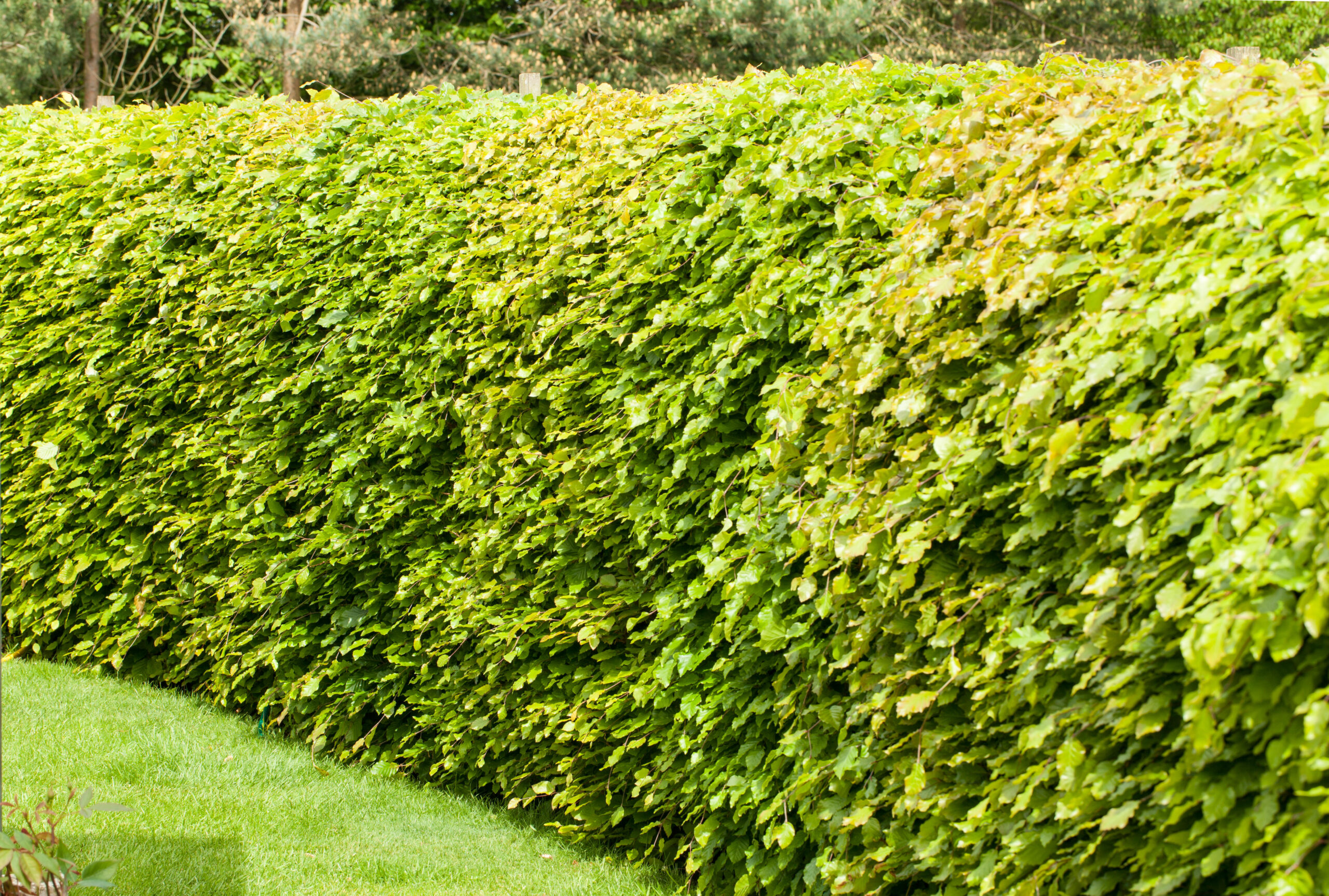Fagus sylvatica / Beech hedging
£2.20 – £480.00Price range: £2.20 through £480.00
SKU: FAGS6111
Categories: All Hedging, All Trees, All Trees & Plants, Bare-Root Hedging, Deciduous Hedging, Deciduous Trees, Mature Hedging, Rootballed Hedging, Young Trees & Whips
Tags: Beech hedging, columns, copper beech, fagus hedging, fagus sylvatica, green beech, mature hedging
Frequently Bought Together

+

Total: £23.00
Description
Common Name: European Beech Hedge, Common Beech
Botanical Name: Fagus sylvatica
Plant Type: Deciduous hedge
Mature Height: 1.5-4m (as hedge)
Mature Spread: 60-90cm (hedge width)
Flowering Period: April-May (inconspicuous)
Flower Colour: Yellowish-green catkins
Foliage: Fresh green turning golden-bronze, retained through winter
Hardiness: RHS H7 (very hardy throughout UK and Ireland)
Soil Requirements: Well-drained, fertile soil, tolerates chalk
Aspect: Full sun to partial shade
Maintenance: Moderate (annual trimming required)
Description
Like living tapestries woven from gold and bronze, Fagus sylvatica hedging brings timeless elegance and seasonal drama to gardens with its spectacular display of fresh spring green foliage that transforms to warm copper and golden-bronze tones, creating one of the most beautiful and distinctive hedges for Irish landscapes. This magnificent deciduous hedge embodies centuries of European garden heritage with its dense, formal structure that provides year-round privacy whilst offering the unique characteristic of retaining its burnished autumn leaves throughout winter, creating walls of warm colour during the darkest months.
Each perfectly formed hedge displays the most exquisite oval leaves that emerge in spring as the freshest bright green, creating beautiful contrast against darker evergreen plantings, before developing into rich summer foliage that provides excellent screening and wildlife habitat. The remarkable autumn transformation to golden-bronze creates one of nature’s most spectacular seasonal displays, whilst the retained winter foliage ensures continued privacy and shelter when other deciduous hedges stand bare.
The exceptional density and formal appearance make beech hedging equally valuable in traditional country estates and contemporary garden designs, responding beautifully to regular trimming to create crisp, architectural lines. This supremely hardy variety tolerates a wide range of soil conditions including chalk and clay, whilst withstanding coastal winds and urban pollution, making it one of the most reliable and versatile hedging plants for Irish gardens.
Steeped in history and beloved by generations of gardeners, sylvatica combines outstanding ornamental value with exceptional practical benefits and remarkable longevity. Plant to create formal garden rooms, use as backdrop plantings for herbaceous borders, or establish as boundary hedging that will provide privacy, shelter, and year-round beauty for decades to come.
Caragh’s Garden Notebook
Plant in autumn or early spring in well-prepared, fertile soil enriched with well-rotted compost or manure. Choose a position with good drainage and protection from harsh winds whilst establishing, though mature hedges are extremely wind tolerant. Space plants 45-60cm apart in a single row, or 30cm apart for extra density and quicker establishment.
Maintain soil fertility with annual mulching using organic matter such as compost or well-rotted manure applied in spring along the hedge base. Water regularly during the first two growing seasons to establish strong root systems, then only during prolonged dry periods, as established beech hedges show excellent drought tolerance.
Trim annually in late summer (August) to maintain shape and density, using sharp hedge trimmers to create clean cuts that heal quickly. Young hedges may require light trimming twice yearly to encourage dense branching, whilst established hedges need only annual maintenance to preserve their formal appearance.
Feed established hedges with general purpose fertiliser in early spring to promote healthy growth and maintain the spectacular autumn colouring. The extensive root system benefits from mulching to retain moisture and suppress weeds, extending the mulch 60cm either side of the hedge base.
Water young hedges regularly during dry spells, particularly in the first summer after planting, as consistent moisture is essential for establishment. Once mature, beech hedges are remarkably drought tolerant and require watering only during severe drought conditions, making them ideal for low-maintenance garden schemes.
Related products
-
Prunus laurocerasus ‘Genolia’ – Clipped Columns / Specimen Hedging
£300.00 – £450.00Price range: £300.00 through £450.00 Select options This product has multiple variants. The options may be chosen on the product page -
Prunus laur. Rotundifolia / Cherry Laurel
£12.50 – £250.00Price range: £12.50 through £250.00 Select options This product has multiple variants. The options may be chosen on the product page -
Fagus sylvatica Dawyck Purple
£450.00 – £1,800.00Price range: £450.00 through £1,800.00 Select options This product has multiple variants. The options may be chosen on the product page -
Fagus sylvatica ‘Dawyck Gold’
£750.00 – £1,150.00Price range: £750.00 through £1,150.00 Select options This product has multiple variants. The options may be chosen on the product page






